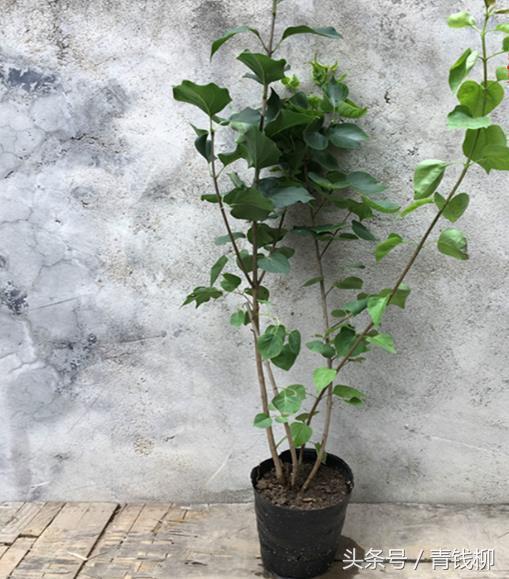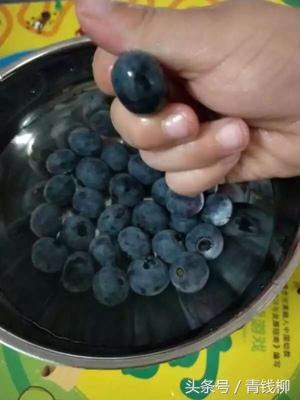Application techniques of Container Seedling and forestation of Syringa

Application techniques of Container Seedling and forestation of Syringa
Lilac belongs to the genus Syringa of Oleaceae, deciduous shrubs or small trees, also known as lilac, dragon cypress and so on. Is one of the famous ornamental flowers and trees in the garden. It is naturally distributed in Qinling Mountains, Heilongjiang in the north, Yunnan and Xizang in the south.
1 characteristics and ecological habits
Lilac branches stout glabrous, simple leaves opposite, leaf blade cordate or cuneate, entire, both surfaces glabrous. The panicle is 6 ~ 18 cm long, the Corolla is funnel-shaped, has 4 lobes of different depth, the calyx is bell-shaped, the flowers are purple, and the anthers grow in the middle or upper part of the Corolla. The florescence is about 15 days, the fruit is mature from September to October, the capsule is oblong, the tip is sharp, smooth, and the fruit is yellowish brown. It is a light-loving tree species, resistant to cold and drought, and likes moist, fertile and well-drained soil. Like plenty of sunshine, resistant to barren, not prone to diseases and insect pests. It is suitable to grow in sandy soil with good drainage, loose and moist neutral soil, avoid acidic soil, be more shady, strictly prevent stagnant water, and generally do not need more watering. Lilacs are resistant to severe cold and are rarely air-dried or dry in spring. It can be propagated by sowing, cutting, grafting, splitting and striping.
(2) Seedling technique
2.1 site selection and bed making
2.1.1 site selection. Select the land with convenient transportation, flat terrain and loose and fertile soil, the nursery land should be well drained, the heavy clayey land, saline land and low-lying stagnant water land should not be used as seedling bed, turn the soil deeply before autumn, the depth is about 30 cm, make the soil fully mature, and then use rotary tillage machine to flatten it in spring.
2.1.2 make a bed. The seedbed is generally made into a low bed with a length of 15 m, a width of 90 cm and a depth of 15 ~ 20 cm, and the trail width is 40 cm. The footpath should be compacted, the bed surface should be horizontal and compacted, and the drainage canal should be repaired at the same time.
2.2 preparation of nutritious soil. The nutritious soil must be prepared reasonably, ferrous sulfate 1 kg, calcium superphosphate 0.25 kg, matured sheep manure 10 kg, and 0.2 kg bacillus were used for soil disinfection. Then sift manually to isolate sundries to ensure that the fertilizer is evenly mixed with the loess.
2.3 selection and bagging of container bags. The non-woven fabric with a perimeter of 14 cm, a diameter of 5 cm and a height of 16 cm was selected as the seedling container, which could be directly planted and degraded without taking off the bag when the seedlings were transplanted. When bagging, the bag must be full of solid, do not force too hard, when placed neatly, compact, do not leave gaps, to prevent container bag deformation and lodging after flood irrigation, the problem of uneven bed surface will directly affect the planting.
2.4 seed treatment. The seeds must be treated with accelerating germination during spring sowing. In late March, the seeds were soaked in 50 ℃ ~ 60 ℃ warm water and disinfected with 0.03% potassium permanganate for 2 ~ 3 hours. The soaking time should not be too long, which would affect the seed germination. Remove the seeds after fully absorbing water, then evenly mix 2 times of wet sand, pile them in the sunny place outside, and cover them with wet grass curtains or wet sacks. Always pay attention to observe the seed temperature. Persist in sprouting for about 10 days.
2.5 points. Fill the bottom water 2 days before sowing, press with fingers or sticks in the center of the container bag with a depth of about 0.5 cm, 2 ~ 3 grains per bag, and then cover the sterilized humus soil, the thickness should not exceed 0.5 cm, and should be uniform, avoid directly covering with loess.
2.6 Seedling stage management
2.6.1 emergence management. Real-time watering, try to keep the bed wet, when the bed is dry, you should sprinkle water in time. At the same time, due to the low temperature in the morning and evening at the beginning of April in the northern area, the artificial warming can be achieved by building a small arch shed. The width of plastic film is 1.2m, the distance between bamboo slices is 2 m, and the height of film mulching is about 50 cm. Observe diligently and do a good job of seedling ventilation.
2.6.2 pest control. The main diseases in the early stage of seedlings were standing blight, quenching disease and stem rot. When the seedlings came out, the fungicides such as Miaoyuqing, Dexong, mancozeb and so on were sprayed every 10 days. After the seedling growth was stable, plant power 2003 or potassium dihydrogen phosphate foliar fertilizer was sprayed every 2 weeks. In the middle of September, water and fertilizer should be strictly controlled. if there is too much water and fertilizer, it can lead to low Lignification of seedlings, which is not conducive to overwintering cold prevention of seedlings.
3 application of lilac in barren mountain afforestation
Lilac has strong sprouting and stress resistance, developed whisker root and lateral root, high biological yield, easy breeding, afforestation and management, and plays a significant role in soil and water conservation. It is one of the pioneer tree species for controlling soil and water loss, greening barren hills and slopes, and building beautiful mountains and rivers for greening beautiful China. It should be popularized in a large area on the Loess Plateau. From 2015 to 2018, lilac mixed forest was planted continuously in Ziwuling District of Gansu Province. Practice shows that lilac plays an irreplaceable role in soil erosion conservation, storage, dispersion and hindrance of surface runoff. The mixed afforestation of lilac can effectively improve the landscape effect of barren mountain afforestation and improve the survival rate of afforestation.
- Prev

Applause for the grass.
Applause to the grass's favorite thing is to grow a beautiful big flower ball, but always feel that the flower ball is missing something, why obviously raised more beautiful than foreign publicity pictures, but still feel that the picture is poor, and then realized that it is.
- Next

Cultivation techniques of Organic Blueberry in Dandong City, Liaoning Province
Organic blueberry cultivation technology in Dandong City, Liaoning Province Dandong City, Liaoning Province is the starting point of the northern section of China's coastline, which is located in the southeast of Liaoning Province. This area is not only good in water quality, but also rich in forestry resources. According to statistics, Dandong.
Related
- Wuhan Hospital Iron Tree Blooming Result Was Instantly Frightened by the Gardener Master
- Which variety of camellia is the most fragrant and best? Which one do you like best?
- What is the small blue coat, the breeding methods and matters needing attention of the succulent plant
- Dormancy time and maintenance management of succulent plants during dormancy
- Minas succulent how to raise, Minas succulent plant pictures
- What are the varieties of winter succulent plants
- How to raise succulent plants in twelve rolls? let's take a look at some experience of breeding twelve rolls.
- Attention should be paid to water control for succulent plants during dormant period (winter and summer)
- Watering experience of twelve rolls of succulent plants
- Techniques for fertilizing succulent plants. An article will let you know how to fertilize succulent plants.

